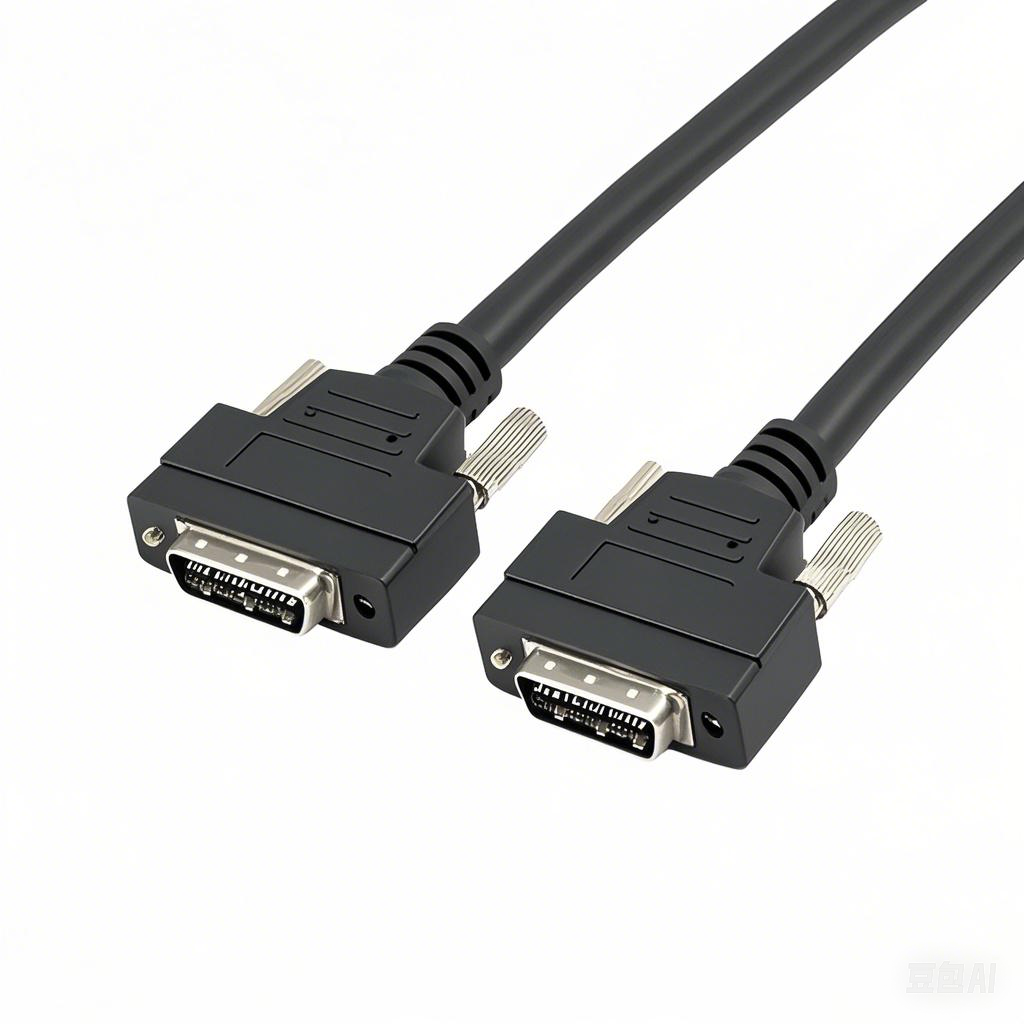Vibration-Resistant Machine Vision Cable Solutions: Keep Your Vision ...
Machine vision systems are the watchful eyes of modern manufacturing, automation, and robotics. They inspect products, guide robots, read codes, and ensure quality at lightning speed. But even the most sophisticated camera and software can be brought down by a seemingly simple component: the cable.
The Hidden Enemy: Vibration
Factories are dynamic environments. Conveyors rumble, motors whir, robots move precisely yet forcefully – all creating constant vibration. This vibration might be imperceptible to us, but it’s incredibly stressful for standard cables connecting your cameras, sensors, and lights to controllers and power sources.
What Happens When Cables Aren’t Vibration-Resistant?
- Intermittent Signals & Errors: Vibration causes tiny, constant movements at connection points (connectors) and within the cable itself. This leads to brief signal dropouts, flickering images, or erroneous data readings. Your vision system might miss defects, fail inspections, or cause unexpected machine stops. Tracking down these “ghost” errors is notoriously difficult and time-consuming.
- Internal Wire Breakage: Constant flexing and micro-bending inside the cable, especially where conductors connect to the connector pins (the termination point), causes metal fatigue. Eventually, tiny wires break. You might see image distortion, loss of signal, or complete failure.
- Insulation Damage: The cable’s outer jacket and internal insulation can crack, split, or wear down over time when constantly rubbing against guides, machine surfaces, or even themselves under vibration. This exposes internal wires, leading to short circuits, electrical noise interference, or safety hazards.
- Connector Failure: Vibration can loosen connector locking mechanisms or cause the pins/sockets inside the connector to wear, lose contact, or become damaged. A loose connector is a prime suspect for intermittent failures.
Why Vibration-Resistant Cables are the Essential Solution
Vibration-resistant machine vision cables are specifically engineered to withstand the harsh realities of industrial environments:
- Flexing Optimized Conductors: Instead of rigid thick strands, these cables use many fine, high-flexibility copper strands. Think “many small wires working together” instead of “a few big wires.” This construction absorbs vibration-induced movement without breaking.
- Strain Relief Where It Counts: The critical area where the cable meets the connector is the most vulnerable. Vibration-resistant cables feature robust, integrated strain relief. This is often a molded component that anchors the cable jacket and conductors securely to the connector body, preventing internal wires from flexing right at the connection point – the most common failure location.
- High-Performance Insulation & Jacketing:
- Inner Insulation: Specialized, flexible materials resist cracking and withstand repeated bending.
- Outer Jacket: Made from tough materials like premium PUR (polyurethane) or PVC blends offering excellent abrasion resistance, resistance to oils, coolants, and chemicals commonly found on the factory floor. This protects the cable bundle and ensures long life even when rubbing against equipment.
- Robust, Locking Connectors: High-quality metal connectors (like M8, M12 screw-lock, industry-standard Camera Link, GigE, or USB3 Vision) with secure locking mechanisms (e.g., screw-locks) are standard. These ensure a vibration-proof connection. Options like push-pull connectors offer fast, secure locking ideal for high-vibration areas.
- Effective Shielding: Multiple layers of specialized foil and braided shielding protect delicate image and data signals from electromagnetic interference (EMI/RFI) caused by nearby motors, drives, and welders, ensuring crisp, noise-free images and reliable communication.
- Continuous Flex Rating: While not identical to robot-style continuous motion, vibration-resistant cables often have good continuous flex properties, meaning they can handle the constant micro-movements without degrading quickly.
The Tangible Benefits: Why It’s Worth the Investment
- Maximized Uptime: Dramatically reduce unplanned stoppages caused by cable-related vision system failures. Keep your production line running and meeting targets.
- Consistent Accuracy & Reliability: Ensure your vision system delivers precise, consistent results without flicker, dropouts, or false readings caused by vibration. Maintain quality control and process consistency.
- Reduced Maintenance & Cost: Significantly lower the need for troubleshooting and replacing failed cables. Minimize costly downtime and maintenance labor. Longer-lasting cables offer a better overall ROI.
- Enhanced Safety: Prevent potential hazards from cracked insulation or exposed wires leading to shorts.
- Peace of Mind: Know that your vision system’s connectivity is as robust as the rest of your automation setup.
Choosing the Right Vibration-Resistant Cable
When selecting cables, look for:
- Clear Vibration-Resistance Labeling: Manufacturers specifically design and market these cables for this purpose.
- Robust Strain Relief: Visually inspect the cable-to-connector junction – it should look substantial and integrated.
- Flexible Stranding: Feel the cable; it should bend easily without stiffness.
- Durable Jacket Material (PUR/PVC): Check specifications for oil, chemical, and abrasion resistance.
- Secure Locking Connectors: Screw-locks are generally superior for vibration.
- Appropriate Shielding: Ensure it’s suitable for your environment’s noise level.
Conclusion:
Don’t let vibration be the weak link in your mission-critical machine vision system. Vibration-resistant machine vision cables aren’t a luxury; they are an essential investment in system reliability, accuracy, and productivity. By choosing cables specifically engineered to handle the constant movement of the industrial world, you ensure your “eyes on the line” remain clear, consistent, and always operational. Protect your vision system, protect your output.











